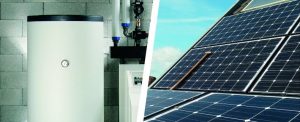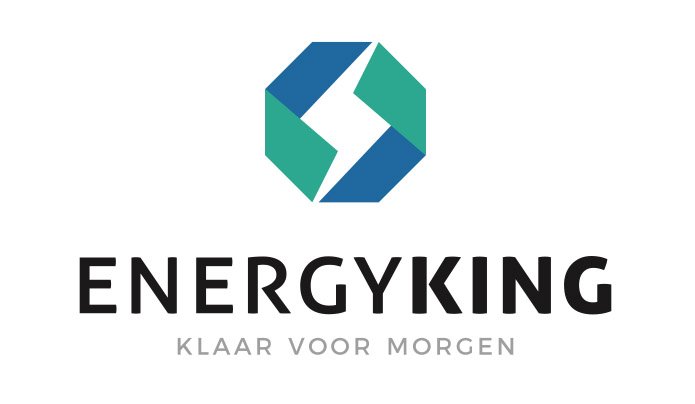 Starting next year, your monthly energy bill could look completely different. As part of an ecological transformation, VREG has decided to introduce new grid or capacity tariffs for electricity as of July 1, 2022. How will this impact your energy bill? In this article, we explain the main points.
Starting next year, your monthly energy bill could look completely different. As part of an ecological transformation, VREG has decided to introduce new grid or capacity tariffs for electricity as of July 1, 2022. How will this impact your energy bill? In this article, we explain the main points.
Why new net tariffs?
Underground lies a huge network of power lines to power our homes and buildings.
Our electricity bill consists mainly of 3 parts: The energy cost, grid fees and taxes.
Everyone who uses the electricity network pays network fees for the installation, operation and maintenance of this network.
In recent years, the way we use our electricity has changed significantly. More and more electric cars are driving around, we heat with heat pumps and we generate our own electricity through solar panels. If within a few years everyone charges their electric car at about the same time at the end of the working day, the grid may even become overloaded. Distribution grid operators will have to make substantial investments to maintain grid reliability. As a result, network tariffs for all Flemish households and businesses will rise sharply.
With the emergence of "peak periods," suppliers are dealing with a huge demand for electricity, and these new consumption habits are having a significant impact on the grid.
In order to continue providing electricity in a safe and reliable manner, substantial investments in the power grid are needed. This is mainly to prevent our electricity bill from skyrocketing. However, VREG hopes to keep grid costs affordable.
How does it work and what is the impact on my finances?
By encouraging citizens to handle their electricity consumption differently. This is why VREG is introducing capacity tariffs in Flanders starting next year. Capacity tariffs are not additional tariffs, but another way of distributing network costs among all customers.
The purpose of capacity tariffs is to ensure that fixed costs are fair for all and that all households switch to more efficient and smarter energy sources.
Currently, network costs account for about 20% of our energy bill. Currently this is still based on your consumption, but from 2022 this will be calculated based on your capacity and when you consume electricity. From July 1, 2022, the distinction between day and night tariffs will also disappear. The cost of this capacity tariff depends on your peak power consumption, which is the maximum power that all your appliances draw from the grid.

Capacity tariff with a digital meter.
In addition to power consumption, the digital meter also records your monthly peak value. This is the highest peak power you consume in one quarter of the month. The grid operator calculates the capacity price based on the average value of the peaks over the past 12 months. Even if the average level is low, you still have to pay the minimum premium based on the monthly peak of 2.5 kW.
What if you still have a classic meter?
Classic electricity meters only record electricity consumption, not monthly peaks. Therefore, starting in 2022, you will pay the minimum fee associated with the monthly peak of 2.5 kilowatts. A portion of the net cost per kilowatt-hour is likely to be higher than that of households with digital meters.
What can you do to keep your future capacity rate as low as possible?
The first thing you can do is understand your electricity consumption and peak power. You can find this information on your portal from Fluvius via this link.
Also try to find out what the big consumers in your household are and try to spread their use. Those who cause high peaks will therefore pay more than those who spread their consumption.
The first thing you can do is understand your electricity consumption and peak power. You can find this information on your portal from Fluvius via this link.
Also try to find out what the big consumers in your household are and try to spread their use. Those who cause high peaks will therefore pay more than those who spread their consumption.
Do you have solar panels on your roof?
Then increasing you self-consumption is definitely recommended. Try to turn on the appliances that require the highest power at times when the sun is shining.
Why a home battery is definitely interesting.
Home batteries store energy from solar panels and use it during peak hours. So during these peak times, you will not need to purchase as much power from the grid. This self-sufficiency ensures that your electricity bill will go down and that you will be less affected by future capacity tariff measures.

Now that the new regulations are known, you might wonder if it's worth investing in a heat pump. You would think that capacity tariffs will punish large power consumers, but on the contrary, a heat pump is the best way to prepare for the future. This type of device consumes very little power continuously without causing large consumption spikes. Combined with smart control, the heat pump can communicate with the inverter of your solar panels to shoot power only when the sun is shining.
If you want to know even more about this topic, you can go to :
https://www.energiesparen.be/energiedelen
https://www.fluvius.be/nl/thema/zonnepanelen/energiedelen-en-persoon-aan-persoonverkoop
Simulate for yourself what this means for you concretely ...
https://www.vreg.be/nl/nieuwe-nettarieven
Wish to learn more about solar panels, home batteries or heat pumps? Contact us today!




